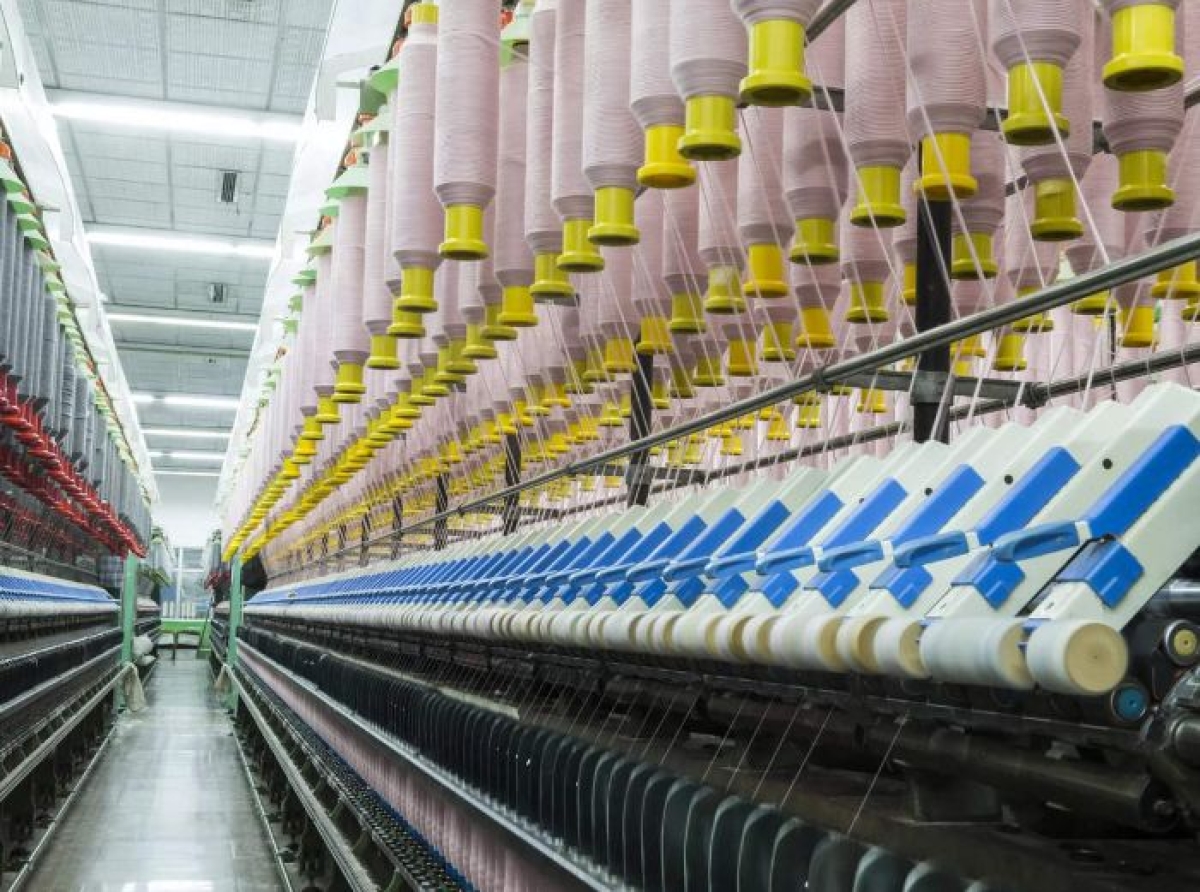27 October 2022, Mumbai:
A deep dive into the global textile economy and the prominence China has taken in the world order in current decades is a case study for researchers and academia alike. Furthermore, contextualizing the same against unfolding background situations & geopolitical and economic development is an interesting piece of discussion today than ever before.
An overview of the global place China’s taken
Considering China has taken center stage in the textile global economy is assumed a pivotal marketplace and is emerged as a rival/competitor for the United States as viewed by the US Congress of the day. More particularly the transition of China dating back from a country vulnerable to sustained famine to a feasting one and a good bit is all within 1-2 generations is pretty laudable/unprecedented. Therefore, no gainsaying world has to take cognizance of China’s evolving societal aspiration.
Here it is pertinent to outline the unfolding developments in this nation the most recent being the re-appointment of President Xi Jinping & his momentous speech at the recent Communist Party of China’s National Congress outlining in no uncertain terms the importance of development model putting a spotlight on the domestic economy, strengthening education and bolstering innovation-led solutions and approach.
The congress unequivocally highlighted the aspirations of China to strengthen its security and structurally grow its internal local economy to gain an edge on its overall growth.
The recent GDP numbers in china have given some heart to the world that China has witnessed a growth of about 3.9% in the 3rd Quarter Vs. corresponding period last year, while concerns still remain out of persistent not-so-strong domestic demand. Add to it is the heightened worry of sticking with the zero Covid-19 policy as per the current dispensation which has visibly stymied the growth of the Chinese economy. No brainer, all this has led to the underpinning of impeding factory and economic productivity.
Knowing that China is the global growth engine of the day and growth of 3-4% thus is in no way sufficient for China, to achieve such a status of global superpower/economic powerhouse.
As per western political analysts and incidentally, there is near unanimity amongst them that," China aspires to be the sole superpower to overtake the United States. Amongst the chatter and noises to counter competition from China, it is important that countries focus on self-reliance cutting down on the over-dependence on it by not putting all eggs in one basket accomplishing it by sustained innovation, building requisite mindful trade alliances, and investing in right foreign diplomacy".
Compelling story
Another looming fear is China hopes to be less import-dependent, implying therefore the urgency of pressing need, particularly for the exporting nations to discover/explore alternate credible supply chains/markets, embrace newer evolving technologies, and indulge in developing value-added products/approaches of differentiation. A case in point is given the dire situation of cotton spinning mills in States like Andhra Pradesh of India which are heavily dependent on exports to China.
Lindberg, Founder, and Principal, E. Pluribus Unum, LLC. opines that," Currently the UK embattled economy will take a toll on the global economic health. Also, it is crucial for the United States given the tepid/fragile nature of the United States' growth presently to have robust trade deals with countries as a fitment case to enhance trade & it is a clear reflection that going on trade missions around is vital without getting into specifics. He further emphasized that in Countries like China it is imperative to underline the ever-need of importing agricultural imports from the United States for instance cotton from the High Plains of Texas, 40% of soybeans from South Dakota ending up landing in China, etc.".
Dynamic trade macro variables
Global trade observers and veterans in their textile pinpointed prognosis observe, "China continues to be a key market for the U.S. cotton and unambiguously it is number 1 or number 2 in terms of cotton imports from the United States.
Moreover, going by the trade estimates," Texas is expected to produce 3.4 million bales (480 lbs. per bale) this ongoing year, and it is highly likely that almost whole of it will be exported.
Notably, there is a case for China’s cotton imports which are persistently high, in recent years albeit its yarn imports are slowing down indicating a measured & calibrated shift towards growing domestic manufacturing, which is a stated priority outlined in the recently held 20th National Congress of the Communist Party of China.
Another interesting factor that comes to the fore which is more a nuanced statement of the day is," Countries like Brazil and Australia are trying hard to capture the Chinese cotton market, fully seized of the Chinese penchant for quality and tried and tested the credibility of the U.S. cotton" alludes Lindberg.
Emerging global textile landscape
Against the fast-changing global economic backdrop wherein there are very many moving parts and connecting the dots amid the ongoing impending global economic crisis is pivotal; as adding to the woes is growing political instability in parts of the world, Russia @ war giving way to the world staring at food & energy poverty, rising political aspirations of China and Russia, weakening consumer sentiments/falling businesses confidence all necessitating the call to action for re-think, re-purpose, re-wire laying new runway/pathways for the global textiles sector.
Way forward
“It’s a business imperative and critical for the United States or for that matter developed economies to keep invested in research and continue export expansion drive, focusing on innovation, discovering newer markets, expanding export product basket keeping in view the export destination markets necessary for trade advancement and national security in perpetuity and semblance is that these are a few plausible options available for the global textile industry and supply chains.
(CREDITS: Dr. Seshadri Ramkumar, PhD, CText, FTI (UK), FTA [Honorary] (India), TAPPI Fellow (USA), Professor, Nonwovens & Advanced Materials Laboratory)

























